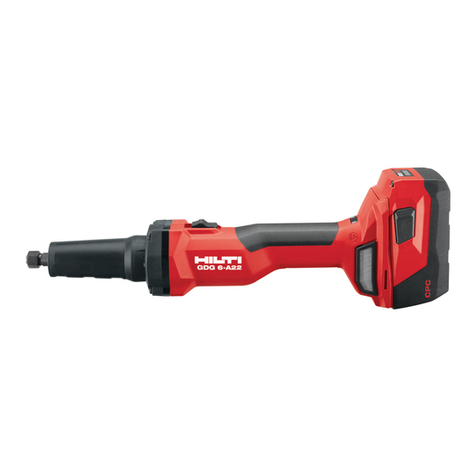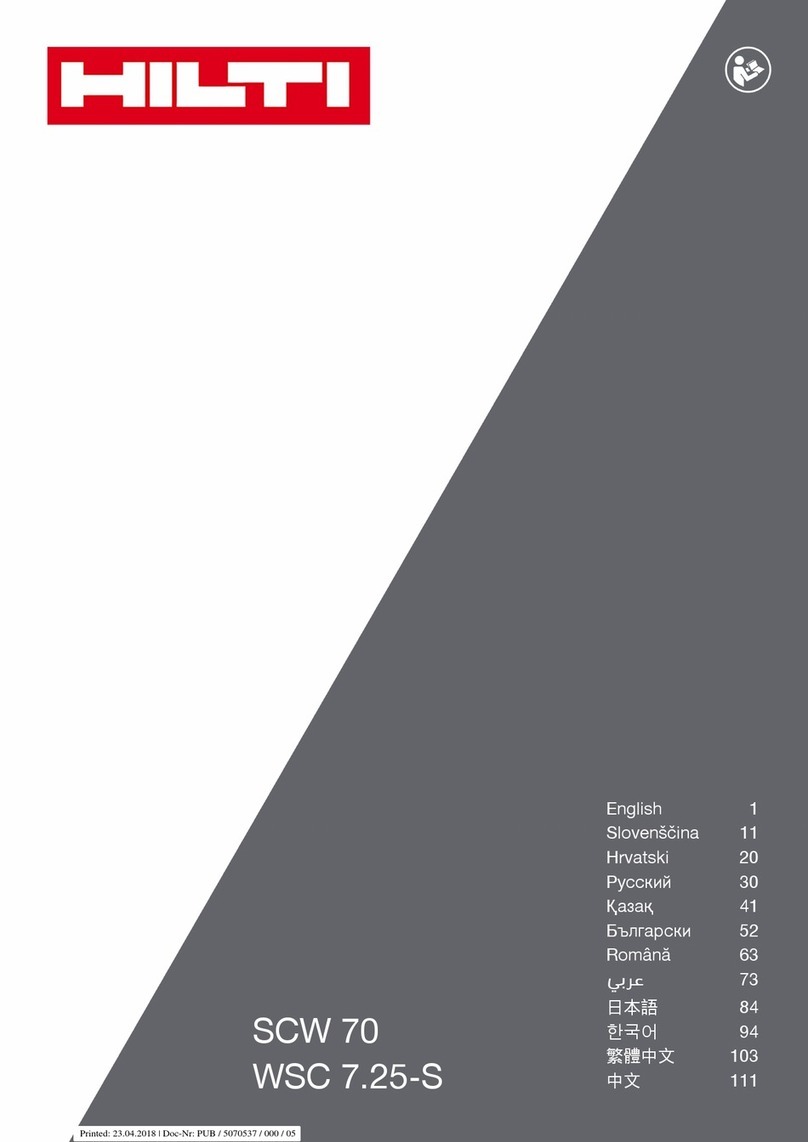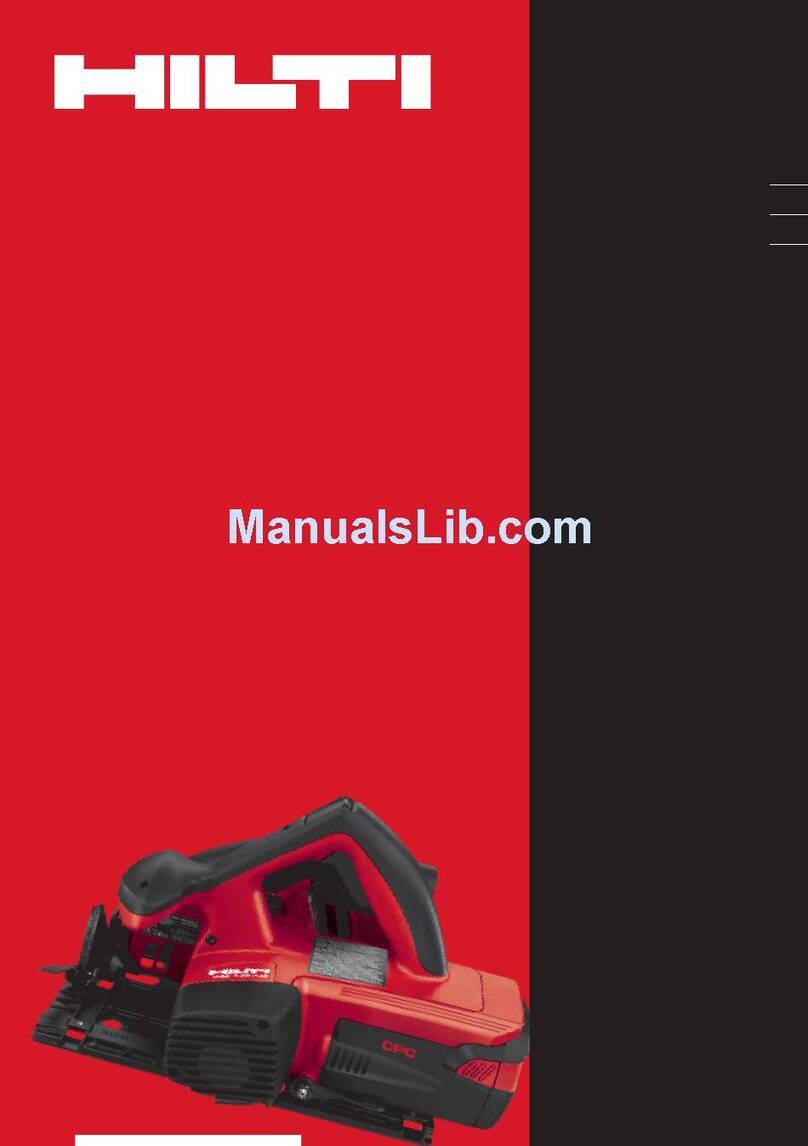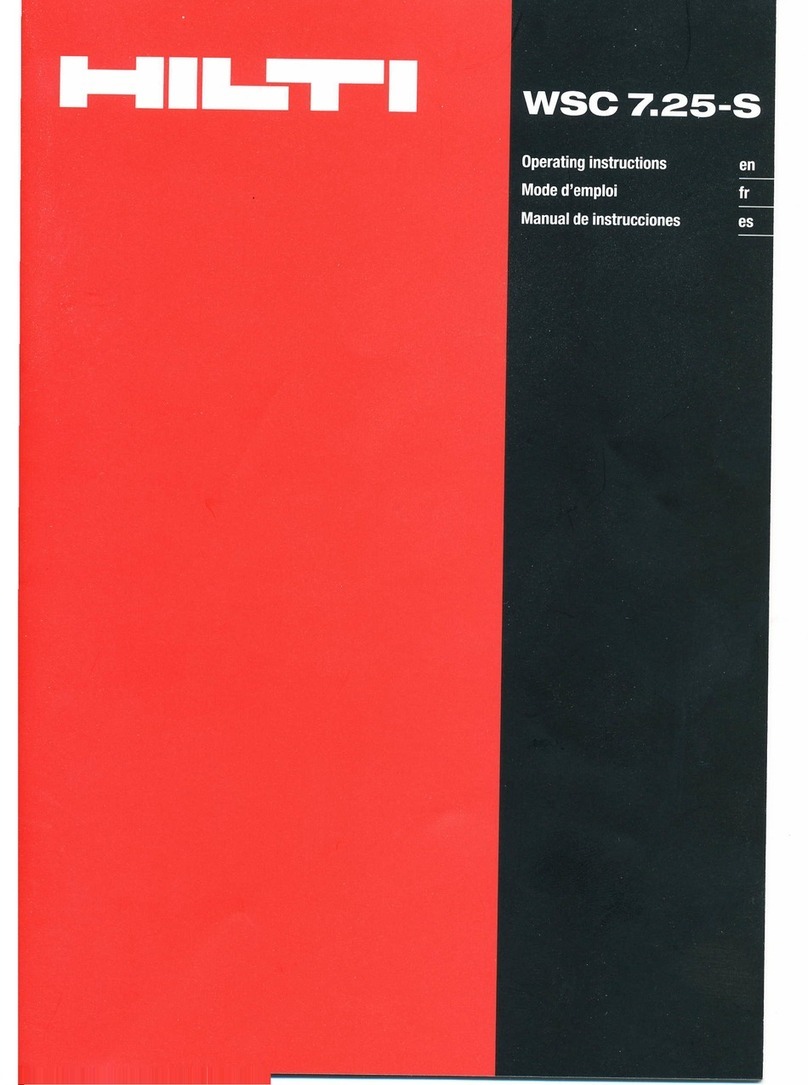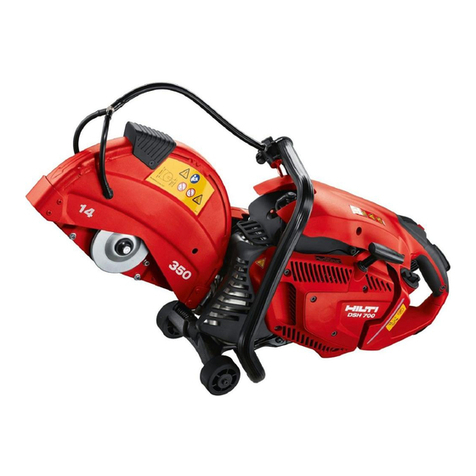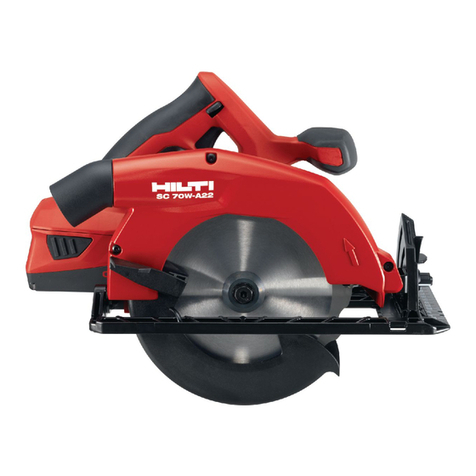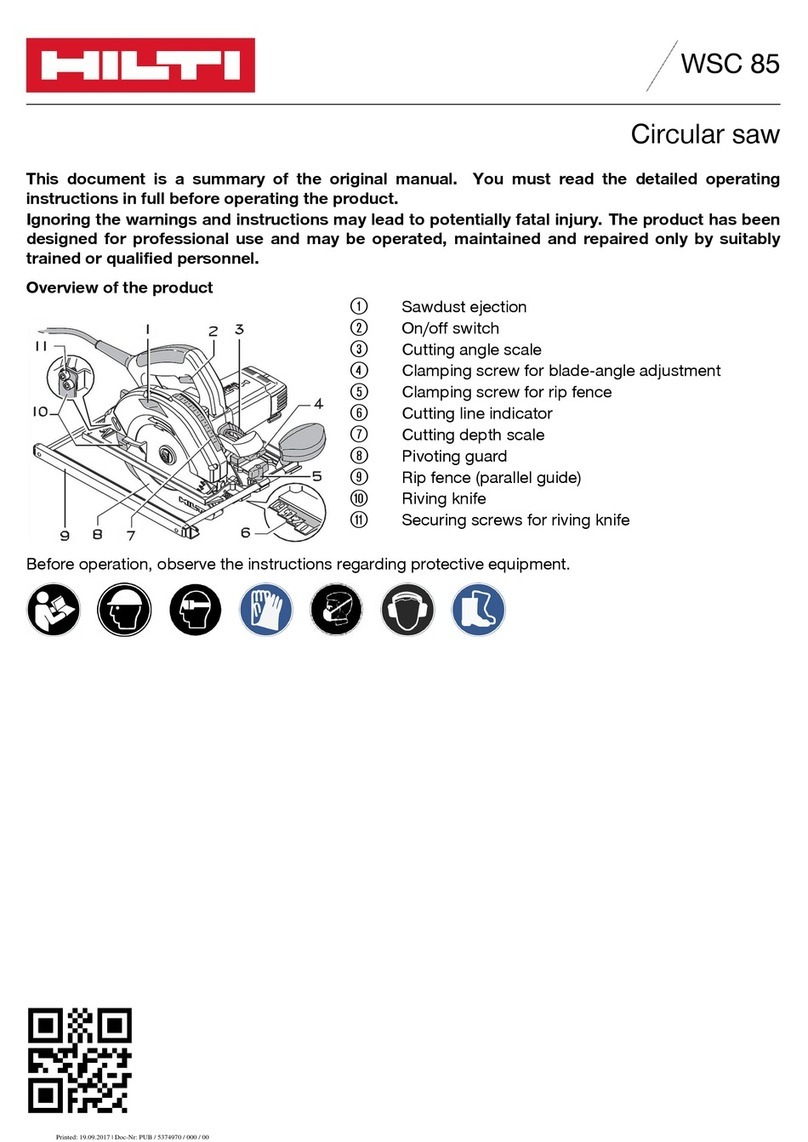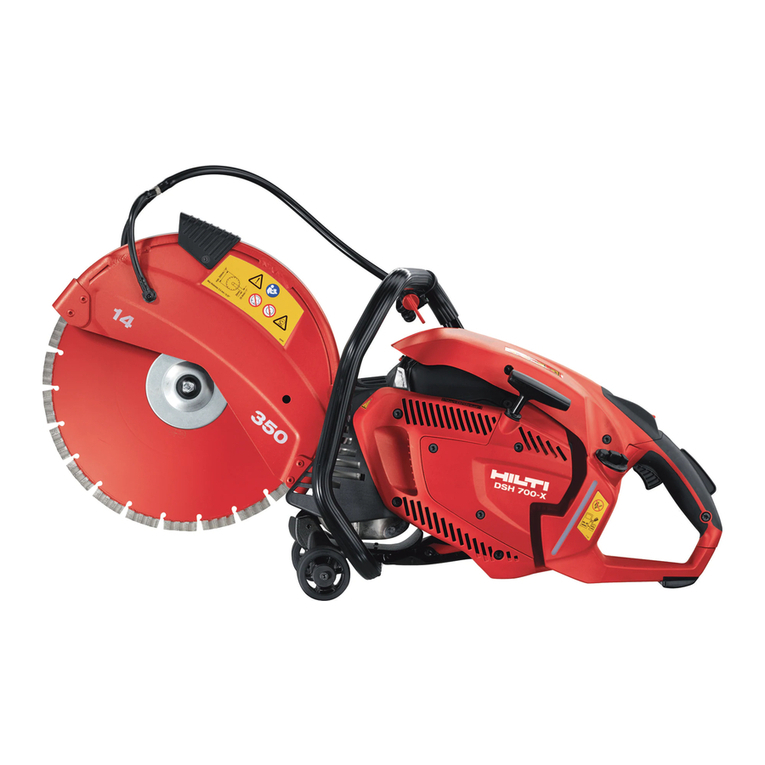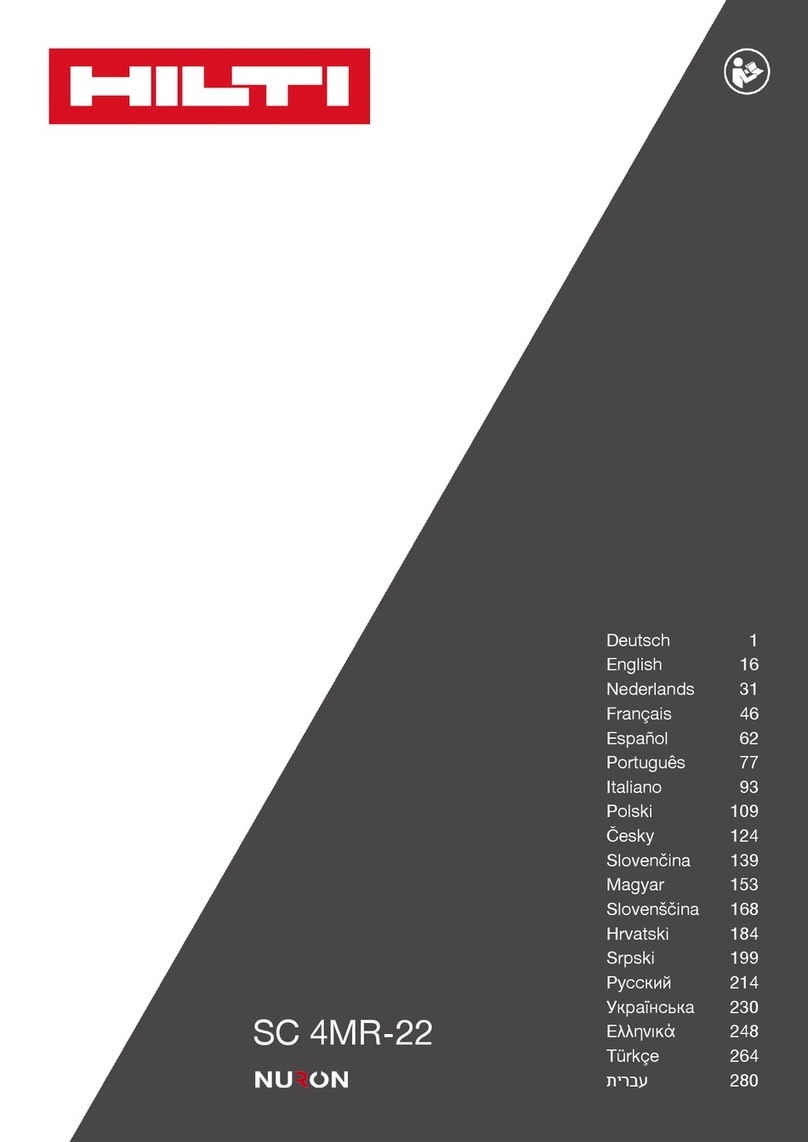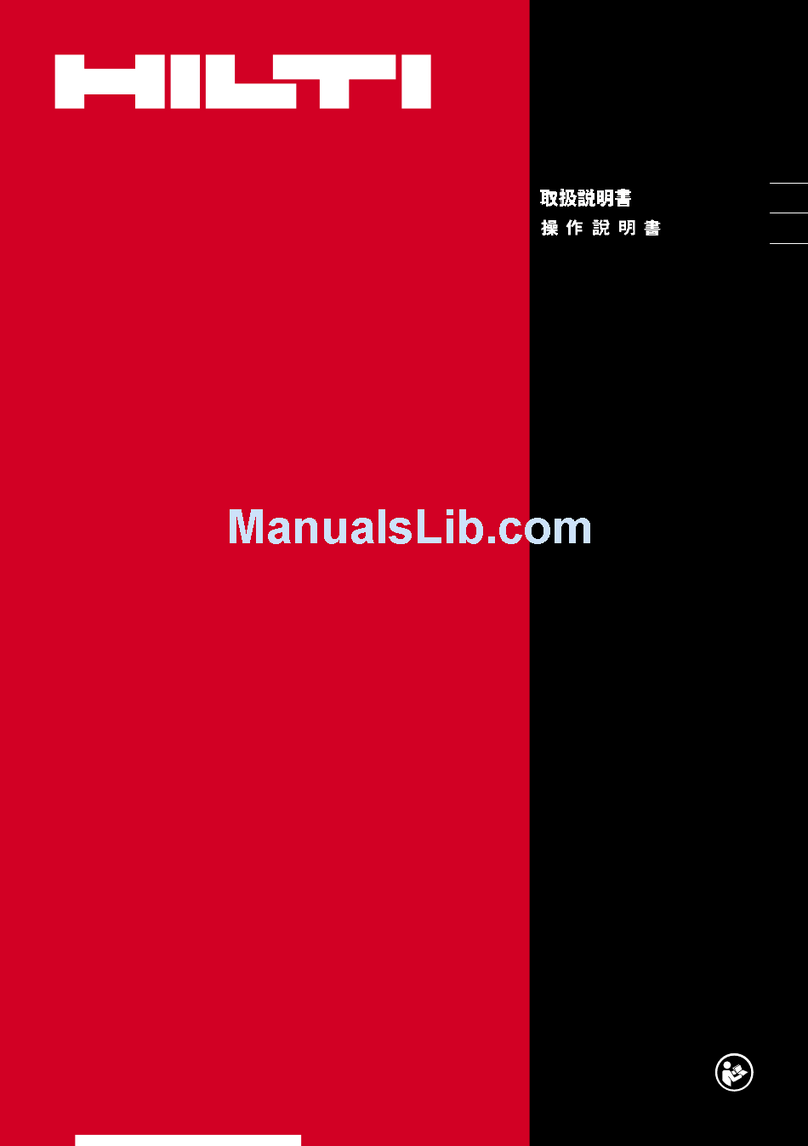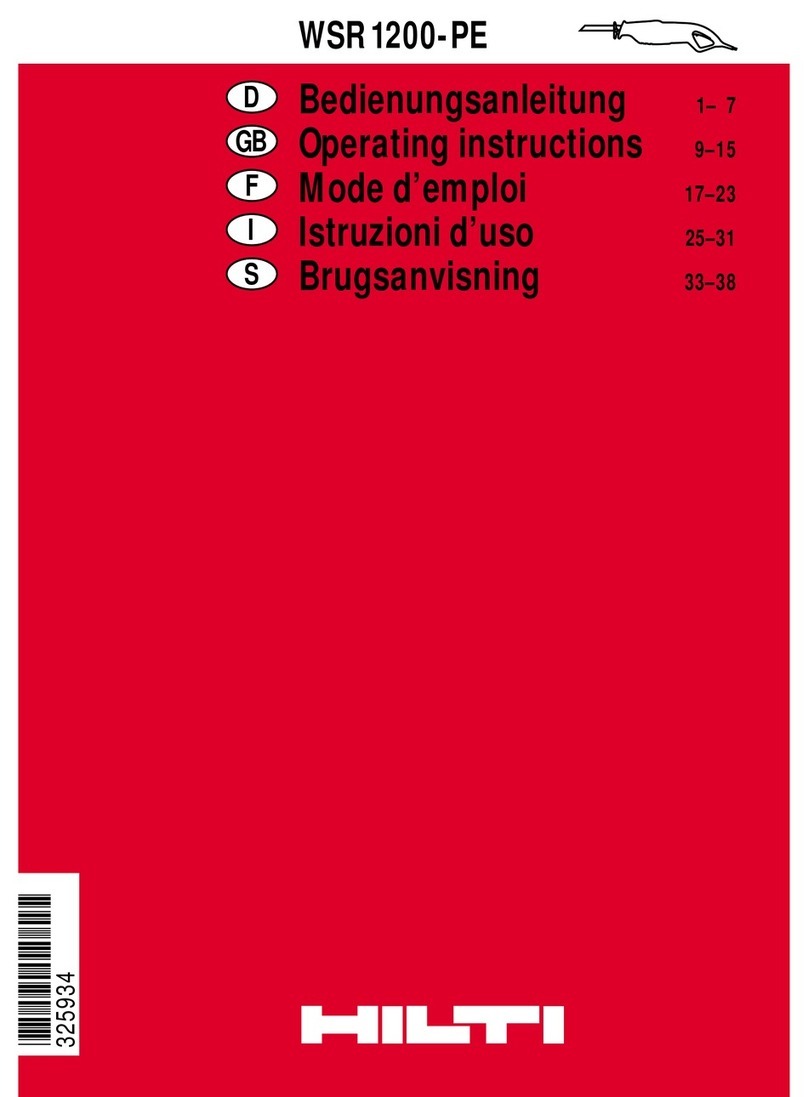
5
3.7 Do not use the equipment for purposes and applications for which it was not designed.
3.8 When unplugging, pull the plug and not the cable. Protect the hydraulic hoses and electric cables from sharp
edges.
3.9 Good care and maintenance of the system is essential in order to ensure safe and trouble-free operation. Follow
the maintenance instructions. Keep the grips dry and free of oil and grease. Wash your hands with soap and
water after contact with hydraulic oil, cooling water or concrete slurry.
3.10 Do not leave tools in position on the equipment (e.g. open-end wrench on nut). Check that all the wrenches and
setting-up tools have been removed before switching on the hydraulic unit and motor unit.
3.11 Use only approved and correspondingly marked electric extension cables. The overall length of the electric cable
must be taken into account and the appropriate cable cross section (cable diameter) determined accordingly.
Electric extension cables should not be coiled on a drum while the equipment is in operation.
3.12 Stay alert and carefully observe the progress of your work. Proceed logically and do not use the system and tools
when your full concentration is not on the job.
3.13 You must be fully aware that work of this kind always involves a certain element of risk due to mechanical haz-
ards. Check the entire system, motor units, components, electric cables and hydraulic hoses for damage and
correct operation before use. Check the condition of parts (pay particular attention to wearing parts) such as the
blade guard holder rubber, end stop, countersunk screws for the flush-cutting flange, blade mounting screws,
hydraulic couplings etc. Check that all parts have been assembled correctly and consider all other factors that
could influence operation of the equipment. Contact your Hilti representative or Hilti service centre if faults or
deficiencies are found. Repairs to electrical parts must be carried out by a qualified electrical specialist.
3.14 The electrical and mechanical safety of the hydraulic saw system including accessories such as electric exten-
sion cables must be checked at regular intervals in accordance with national regulations.
The checks applicable to the earth/ground conductor of the hydraulic unit and the electric extension cable lead-
ing to the unit are particularly important.
3.15 If, for whatever reason, it is found that the hydraulic unit does not switch off, set the controls to the neutral posi-
tion (idling) and simply pull out the mains plug.
3.16 If an electric generator is used to power the D-LP 30 (LP 20) hydraulic unit, it must provide an output of at least
40 kVA and must be earthed/grounded.
3.17 During transport, the heavy system modules, especially the hydraulic unit, must be secured to prevent shifting
of the load.
3.18 Concrete blocks with a weight of several tons may be sawn out when the Hilti wall saw is in use. Measures for
securing and transporting these concrete blocks must be planned and implemented. Make use of the steel
wedges contained in the set of tools for securing concrete blocks. Keep the working area clean and tidy and cor-
don off openings and holes where there may be a risk of falling.
3.19 Failure to observe warnings, safety precautions or the operating instructions may result in damage to the saw
system or present a risk of serious injury to the operator or other persons.
3.20 On reaching the end of their useful life, the D-LP 30 (LP 20) hydraulic unit and other units of the saw system,
especially the hydraulic oil, should be disposed of in accordance with the applicable national regulations.








